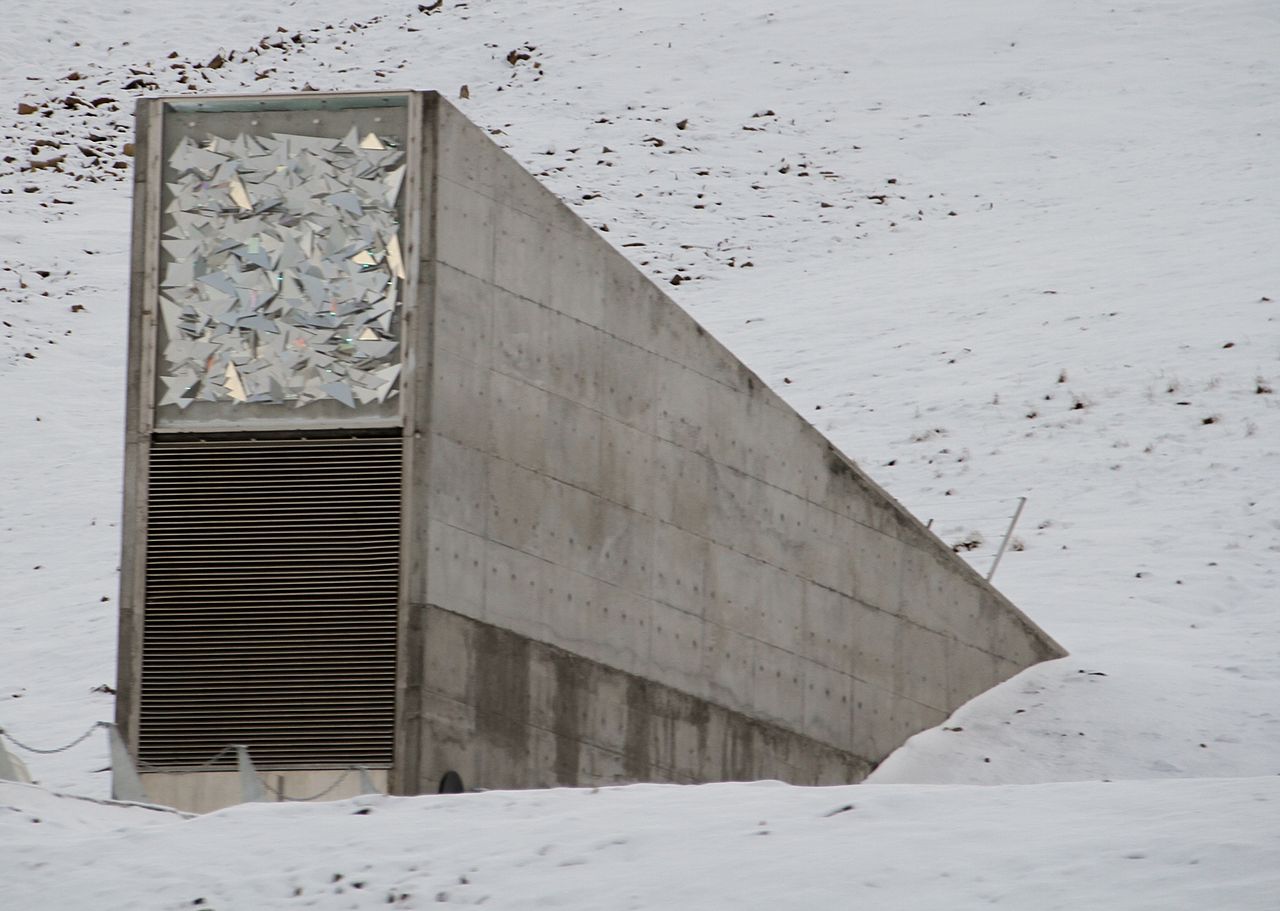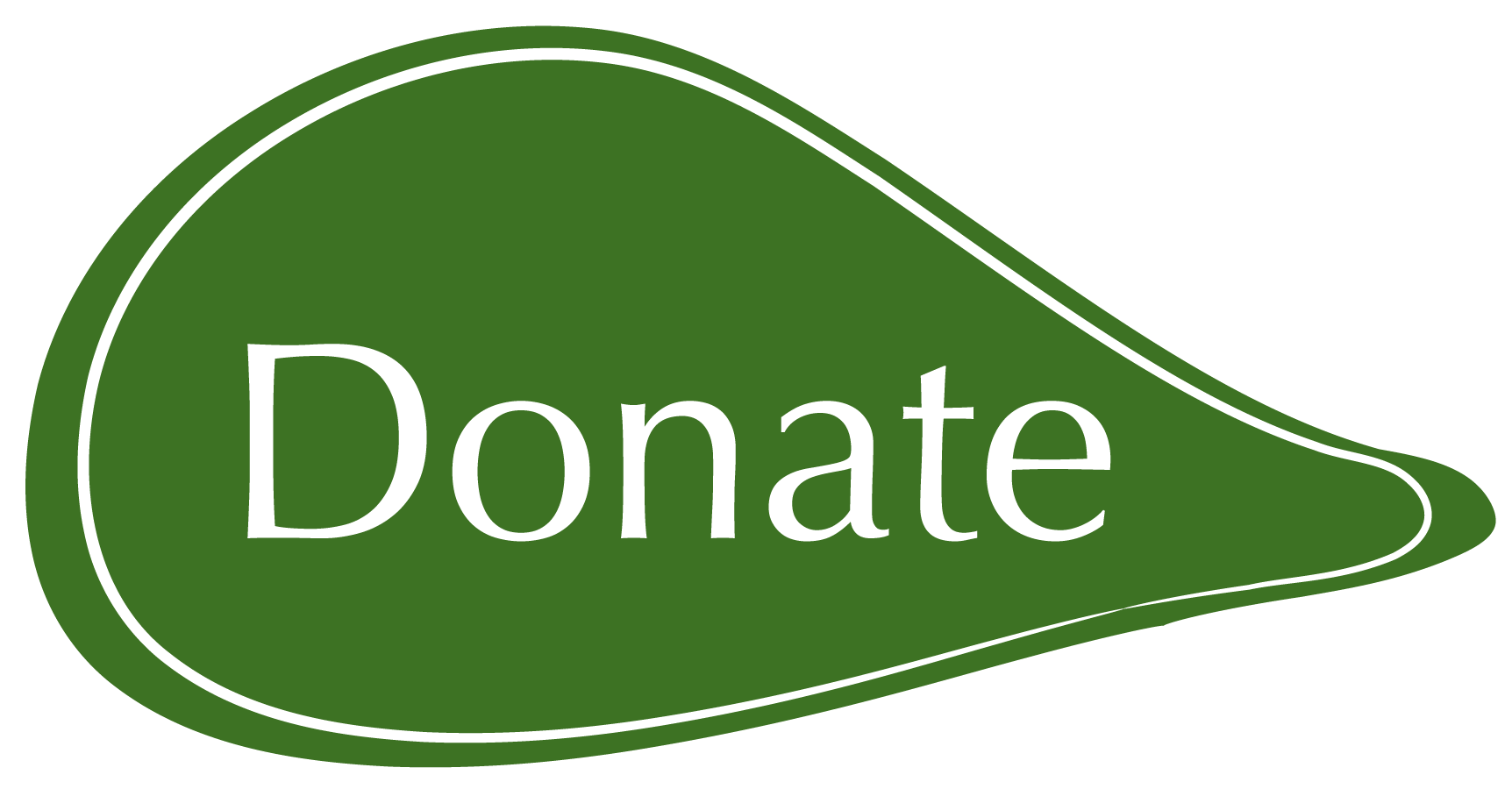Back to August 2019 Newsletter
Climate Change Threatening Seed Banks

The world’s northernmost town, Longyearbyen in the archipelago of Svalbard, has the unfortunate distinction of suffering a greater and faster loss of permafrost than any other. Many of the town’s buildings were constructed with the assumption that the ground would always remain as hard has concrete, but with recent rapid increases of temperature those structures are starting to sink into the soil.
Why do we mention this news, and why does Longyearbyen sound familiar to readers of Seeds of Diversity? The Norwegian municipality is home to the world’s most famous seed bank, the Svalbard Global Seed Vault - a back up storehouse of the world’s crop seeds that was established in this frigid arctic place for the long-term security of our food system.
Seed savers know that the best way to keep seeds viable is to store them dry and cold. There are few populated places that are naturally colder than Longyearbyen, which made it an ideal place to locate a major seed bank, but experts are beginning to wonder whether climate change could change that too.
According to the Climate in Svalbard 2100 report published by the Norwegian Environment Agency in January 2019, the average year-round land temperature of Svalbard was about minus 8.7 degrees Celsius prior to the year 2000. Even though the temperature rose well above zero during the short summer, the very low average temperature meant that deep-ground frost never thawed.
But since 2000, the average temperature has increased 3 to 5 degrees (depending on the region) and the report predicts further warming of up to 10 degrees. That would put the average annual temperature above the freezing point, which means the permafrost will inevitably thaw. The result will be more soil erosion, landslides, and serious damage to buildings that are constructed to rely on permafrost for support.
Does this mean all the seeds are in danger? Possibly, but Svalbard is still one of the safest places to keep them. Far from any conflicts, difficult for thieves and vandals to reach, and hosted by one of the world’s more stable governments, the Global Seed Vault has more freedom to adapt to climate change than many other seed banks do.
Built into an old mineshaft, the Seed Vault is supported by the rock of a mountain, not frozen soil like many of the houses in neighbouring Longyearbyen. One concern will be possible flooding by unexpected snow melt, which did cause minor pooling of water in the main access tunnel during wet weather in the fall of 2016. The Norwegian government has since upgraded the tunnel, but the extent of permafrost melting and its consequences are hard to predict.
One fact is crucial and often overlooked: the Global Seed Vault is not our only storehouse of seeds. It is a back-up of more than 1000 seed banks all around the world, each of which serve their home countries and collaborate internationally. Like a back-up of the files on your computer, you normally don’t use it and if it were lost you could just back it up again. Already, there have been times when seeds were accessed from the Global Seed Vault to replace samples that were lost in parts of the world less safe than Svalbard. But we remind our readers that seed growers are the true source and repository of our food biodiversity, and seed banks are just the tools we use.
--
Photo: Bjoertvedt [CC BY-SA 3.0], via Wikimedia Commons
Not yet a member?
An annual membership to Seeds of Diversity gives you access to our seed exchange, seed grow-out programs, and our online news.

We depend on donations to do our work.

Thank you for your support!
